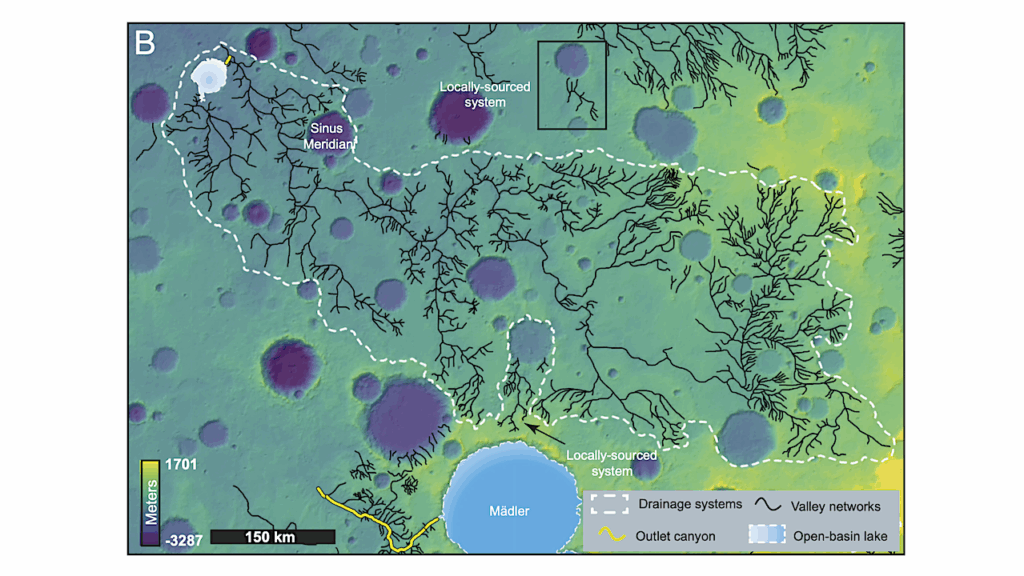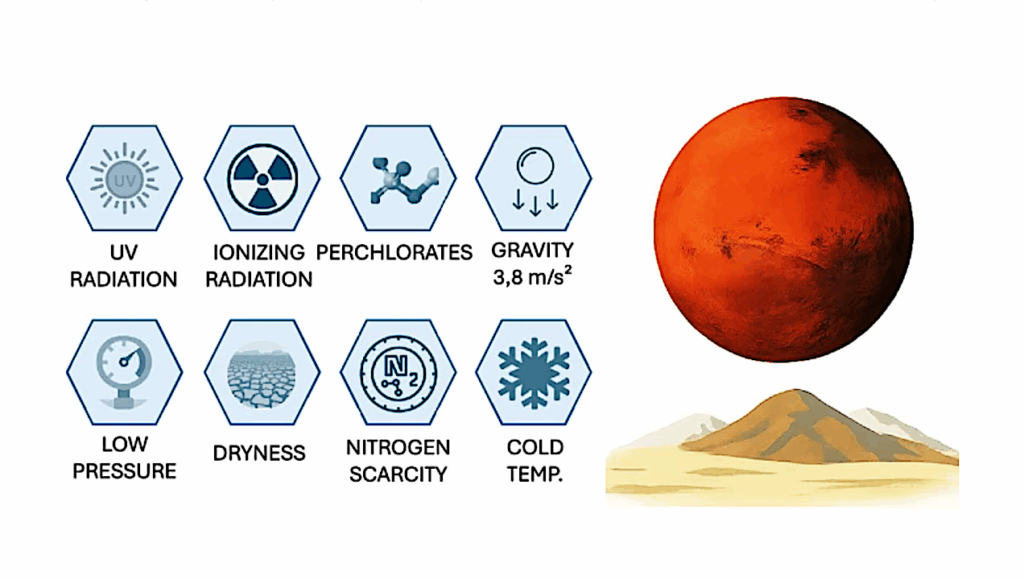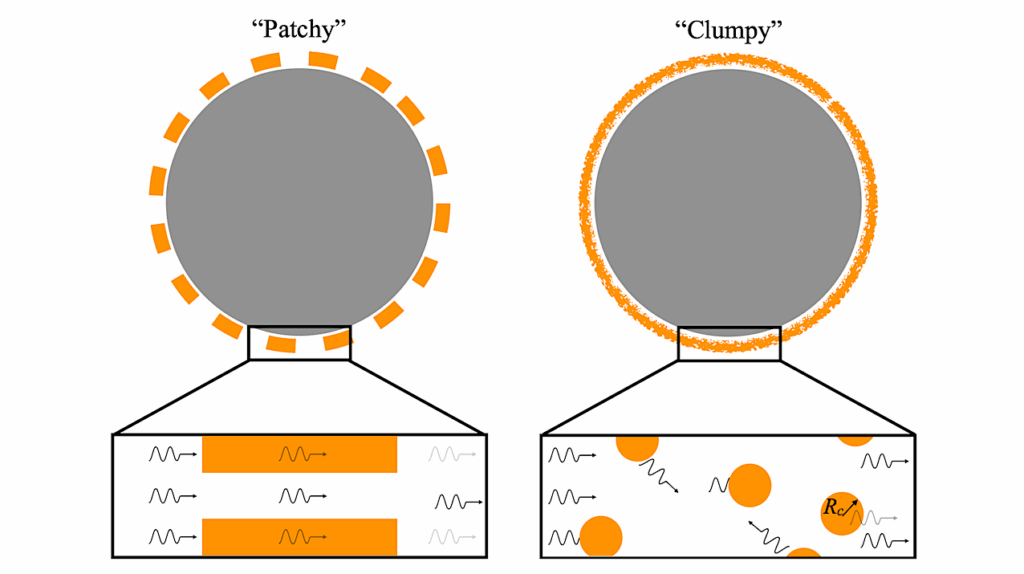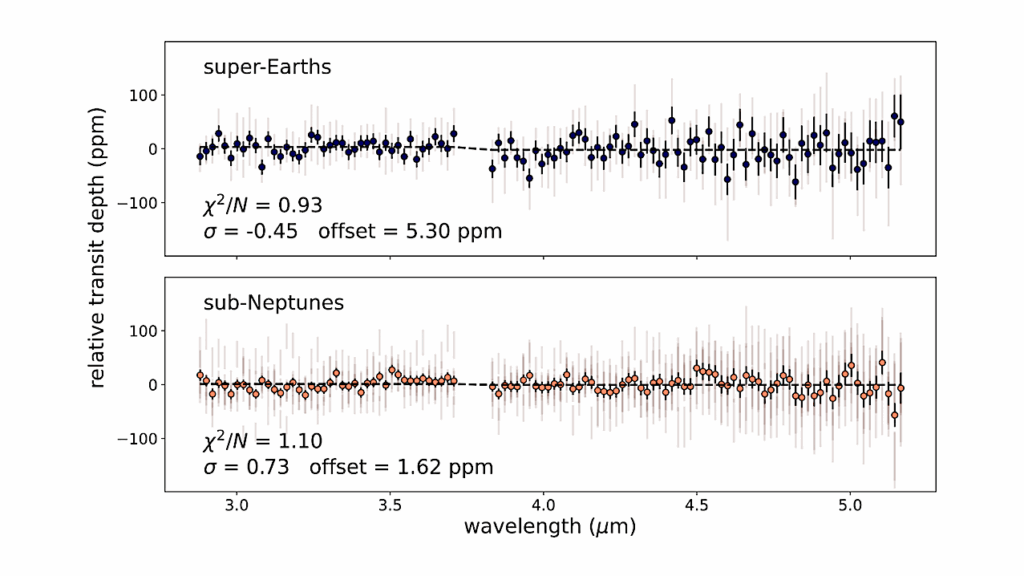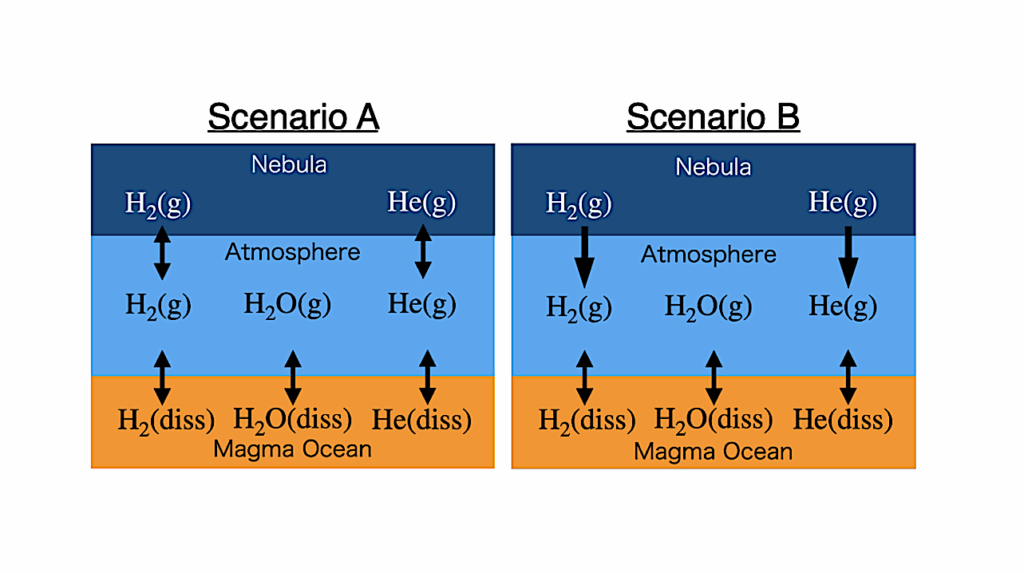Geologic Record Demonstrates How Earth’s Oceans Were Oxygenated 2.3 billion Years Ago

About 2.5 billion years ago, free oxygen, or O2, first started to accumulate to meaningful levels in Earth’s atmosphere, setting the stage for the rise of complex life on our evolving planet.
Scientists refers to this phenomenon as the Great Oxidation Event, or GOE for short. But the initial accumulation of O2 on Earth was not nearly as straightforward as that moniker suggests, according to new research led by a University of Utah geochemist.
This “event” lasted at least 200 million years. And tracking the accumulation of O2 in the oceans has been very difficult until now, said Chadlin Ostrander, an assistant professor in the Department of Geology and Geophysics.
“Emerging data suggest that the initial rise of O2 in Earth’s atmosphere was dynamic, unfolding in fits-and-starts until perhaps 2.2. billion years ago,” said Ostrander, lead author on the study published June 12 in the journal Nature. “Our data validate this hypothesis, even going one step further by extending these dynamics to the ocean.”
His international research team, which is supported by the NASA Exobiology program, focused on marine shales from South Africa’s Transvaal Supergroup, yielding insights into the dynamics of ocean oxygenation during this crucial period in Earth’s history. By analyzing stable thallium (Tl) isotope ratios and redox-sensitive elements, they uncovered evidence of fluctuations in marine O2 levels that coincided with changes in atmospheric oxygen.
These findings help advance the understanding of the complex processes that shaped Earth’s O2 levels during a critical period in the planet’s history that paved the way for the evolution of life as we know it.
“We really don’t know what was going on in the oceans, where Earth’s earliest lifeforms likely originated and evolved,” said Ostrander, who joined the U faculty last year from the Woods Hole Oceanographic Institution in Massachusetts. “So knowing the O2 content of the oceans and how that evolved with time is probably more important for early life than the atmosphere.”
The research builds on the work of Ostrander’s co-authors Simon Poulton of the University of Leeds in the U.K and Andrey Bekker of the University of California, Riverside. In a 2021 study, their team of scientists discovered that O2 did not become a permanent part of the atmosphere until about 200 million years after the global oxygenation process began, much later than previously thought.
The “smoking gun” evidence of an anoxic atmosphere is the presence of rare, mass-independent sulfur isotope signatures in sedimentary records before the GOE. Very few processes on Earth can generate these sulfur isotope signatures, and from what is known their preservation in the rock record almost certainly requires an absence of atmospheric O2.
For the first half of Earth’s existence, its atmosphere and oceans were largely devoid of O2. This gas was being produced by cyanobacteria in the ocean before the GOE, it seems, but in these early days the O2 was rapidly destroyed in reactions with exposed minerals and volcanic gasses. Poulton, Bekker and colleagues discovered that the rare sulfur isotope signatures disappear but then reappear, suggesting multiple O2 rises and falls in the atmosphere during the GOE. This was no single ‘event.’
“Earth wasn’t ready to be oxygenated when oxygen starts to be produced. Earth needed time to evolve biologically, geologically and chemically to be conducive to oxygenation,” Ostrander said. “It’s like a teeter totter. You have oxygen production, but you have so much oxygen destruction, nothing’s happening. We’re still trying to figure out when we’ve completely tipped the scales and Earth could not go backwards to an anoxic atmosphere.”
To map O2 levels in the ocean during the GOE, the research team relied on Ostrander’s expertise with stable thallium isotopes.
Isotopes are atoms of the same element that have an unequal number of neutrons, giving them slightly different weights. Ratios of a particular element’s isotopes have powered discoveries in archaeology, geochemistry and many other fields.
Advances in mass spectrometry have enabled scientists to accurately analyze isotope ratios for elements farther and farther down the Periodic Table, such as thallium. Luckily for Ostrander and his team, thallium isotope ratios are sensitive to manganese oxide burial on the seafloor, a process that requires O2 in seawater. The team examined thallium isotopes in the same marine shales recently shown to track atmospheric O2 fluctuations during the GOE with rare sulfur isotopes.
In the shales, Ostrander and his team found noticeable enrichments in the lighter-mass thallium isotope (203Tl), a pattern best explained by seafloor manganese oxide burial, and hence accumulation of O2 in seawater. These enrichments were found in the same samples lacking the rare sulfur isotope signatures, and hence when the atmosphere was no longer anoxic. The icing on the cake: the 203Tl enrichments disappear when the rare sulfur isotope signatures return. These findings were corroborated by redox-sensitive element enrichments, a more classical tool for tracking changes in ancient O2.
“When sulfur isotopes say the atmosphere became oxygenated, thallium isotopes say that the oceans became oxygenated. And when the sulfur isotopes say the atmosphere flipped back to anoxic again, the thallium isotopes say the same for the ocean,” Ostrander said. “So the atmosphere and ocean were becoming oxygenated and deoxygenated together. This is new and cool information for those interested in ancient Earth.”
The study titled, “Onset of coupled atmosphere–ocean oxygenation 2.3 billion years ago,” was published in the June 13 edition of Nature. Authors include Ostrander’s colleagues at Woods Hole Oceanographic Institution, University of California, Riverside, University of Johannesburg, University of Leeds, University of Southern Denmark, and Université de Lorraine. Funding came from NASA’s Exobiology program and the American Chemical Society.
Astrobiology



